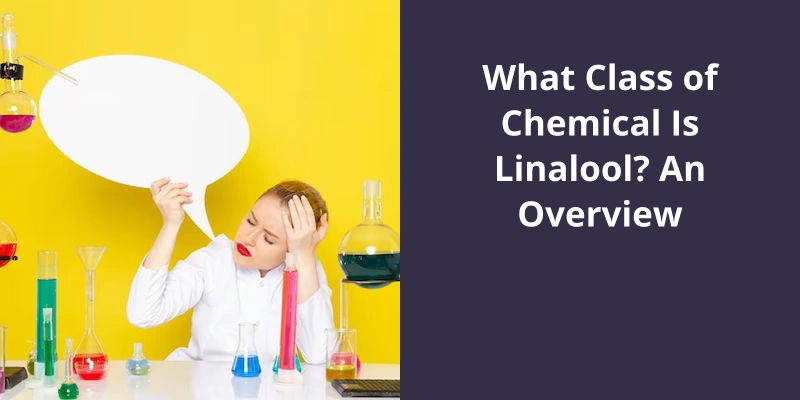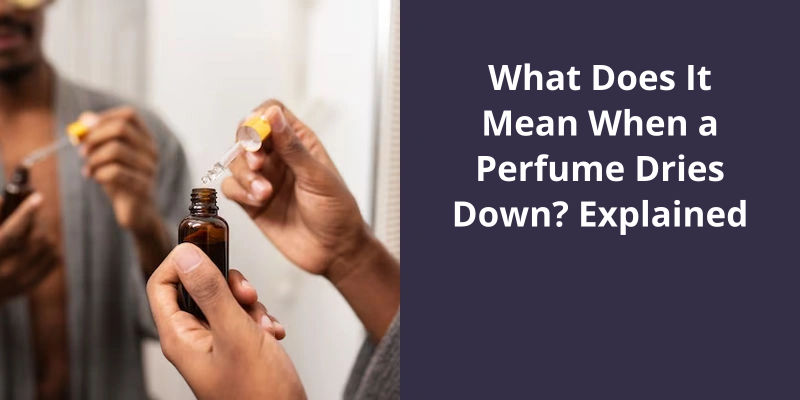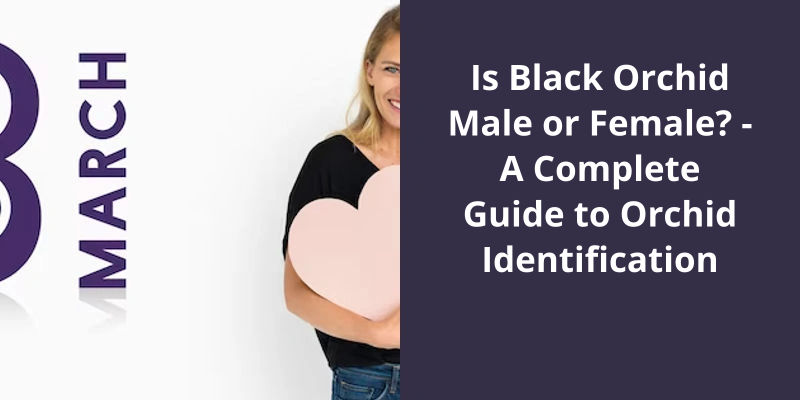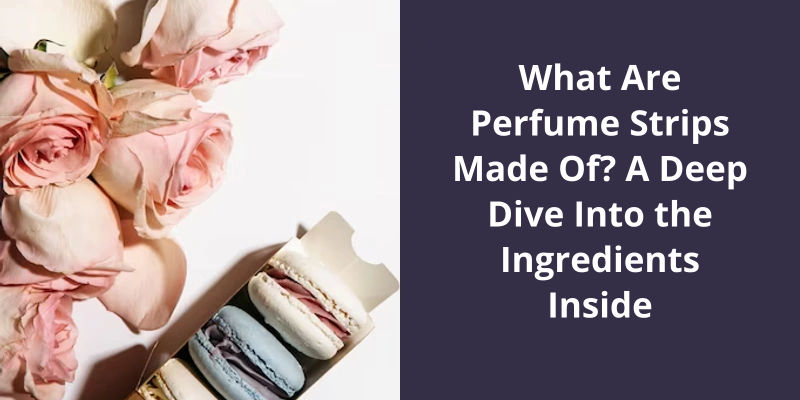Linalool is a class of chemical known as a terpene. Terpenes are organic compounds found in a variety of plants and contribute to their aroma, flavor, and color. They are the major component of rosin and turpentine produced from trees. Linalool is used in the cosmetic and perfume industries due to its pleasant floral scent. Aside from its scent, Linalool also exhibits insecticidal and antimicrobial properties. It’s commonly found in lavender, mint, and coriander.

What Is the Fragrance Ingredient Linalool?
Linalool is derived from the essential oil of several plants including lavender, mint, and coriander. However, the majority of linalool used in fragrance formulations is synthetically produced. Linalool is often used to complement other fragrance notes, adding a unique and refreshing quality to a product. It’s a fast evaporation rate and is considered a top note in a fragrance blend.
It’s known to have calming and relaxing properties and is often used in aromatherapy to relieve stress and anxiety. It’s also been found to have anti-inflammatory and antimicrobial properties, making it a popular ingredient in skincare products.
Despite it’s widespread use, linalool has also been identified as a potential allergen. Individuals with sensitive skin may experience irritation or allergic reactions when exposed to products containing linalool. As a result, linalool is often included on ingredient lists for consumers to check before using a product.
Interestingly, recent research has also highlighted linalools potential as an insect repellent. It’s been found to repel mosquitoes, ticks, and even some types of ants. This has led to the development of new products such as insect repellent sprays and diffusers that utilize linalool as a natural, non-toxic alternative to traditional insecticides.
In addition to it’s potential benefits for mental health and cancer treatment, linalool has also been found to have anti-inflammatory and pain-relieving properties, making it a versatile and valuable compound in the field of medicine and alternative therapies. Let’s take a closer look at the ways in which linalool interacts with the body and it’s therapeutic potential.
What Does Linalool Do to Your Body?
Linalool is a naturally occurring terpene that can be found in several plants including lavender, mint, cinnamon, and coriander. Research has shown that linalool has a range of therapeutic benefits, making it a popular ingredient in many health and wellness products.
It’s believed that linalool works by interacting with the serotonin receptors in the brain, which are responsible for regulating mood and emotions.
Linalool can also help to combat insomnia and improve the quality of sleep. This makes it an excellent natural remedy for people who’ve trouble sleeping or suffer from sleep disorders.
This makes it an excellent natural remedy for people suffering from conditions such as arthritis, fibromyalgia, and chronic pain.
Studies have shown that linalool can help to inhibit the growth and spread of several types of cancer cells, including breast, ovarian, and colon cancer.
The Effects of Linalool on Anxiety and Stress
Linalool is a natural compound found in many essential oils, including lavender and basil. Studies suggest that linalool may have a calming effect on anxiety and stress levels.
Understanding the chemical composition of linalool is crucial in many fields, from fragrance manufacturing to medicinal research. As a monoterpenoid, it possesses several functional groups that contribute to it’s unique characteristics. In this article, we’ll explore the different functional groups present in linalool and their roles in various applications.
What Functional Groups Are in Linalool?
This organic compound, also known as -linalool or linalyl alcohol, is a colorless liquid with a floral and sweet odor that’s reminiscent of lavender. In fact, linalool is one of the key components of lavender essential oil, along with other monoterpenes such as camphor, linalyl acetate, and eucalyptol. Linalool can also be found in many other plants, such as mint, cinnamon, citrus fruits, and even some fungi.
The structure of linalool features several functional groups that give it it’s unique chemical and physical properties. The most notable functional group in linalool is the hydroxy group (-OH) that’s attached to the third carbon atom of the octadiene chain. This hydroxy group makes linalool a secondary alcohol, which means that it can undergo various chemical reactions such as oxidation, dehydration, and esterification. For instance, linalool can be oxidized to form linalool oxide, which has a woody and spicy aroma.
This double bond makes linalool an unsaturated compound, which means that it can undergo addition reactions with other molecules. For example, linalool can react with hydrogen gas to form the saturated compound octanol, which has a stronger and more unpleasant odor than linalool.
These methyl groups influence the shape and stability of linalool molecule, as they create steric hindrance and prevent some chemical reactions from occurring. For example, linalool can’t be easily isomerized to it’s cis isomer, which would have a different odor and flavor.
Linalool is widely used in the fragrance and flavor industry due to it’s pleasant scent and taste, as well as it’s antimicrobial and anti-inflammatory effects.
Applications of Linalool in the Fragrance and Flavor Industry
- As a floral and sweet scent in perfumes, soaps, and lotions
- In flavorings for baked goods, candy, and beverages
- As a component in essential oils for aromatherapy and relaxation
- In insect repellents
- As a cleaning agent in household and personal care products
- In medicinal products for it’s anti-inflammatory and anti-tumor properties
Source: Linalool C10H18O CID 6549 – PubChem
Conclusion
As an acyclic monoterpenoid, this colorless oil is commonly found in essential oils and fragrances, and is often used as a flavoring agent, solvent, and insecticide. Additionally, linalool has been shown to have potential therapeutic benefits, including anti-inflammatory, analgesic, and anxiolytic effects.





